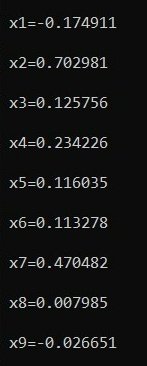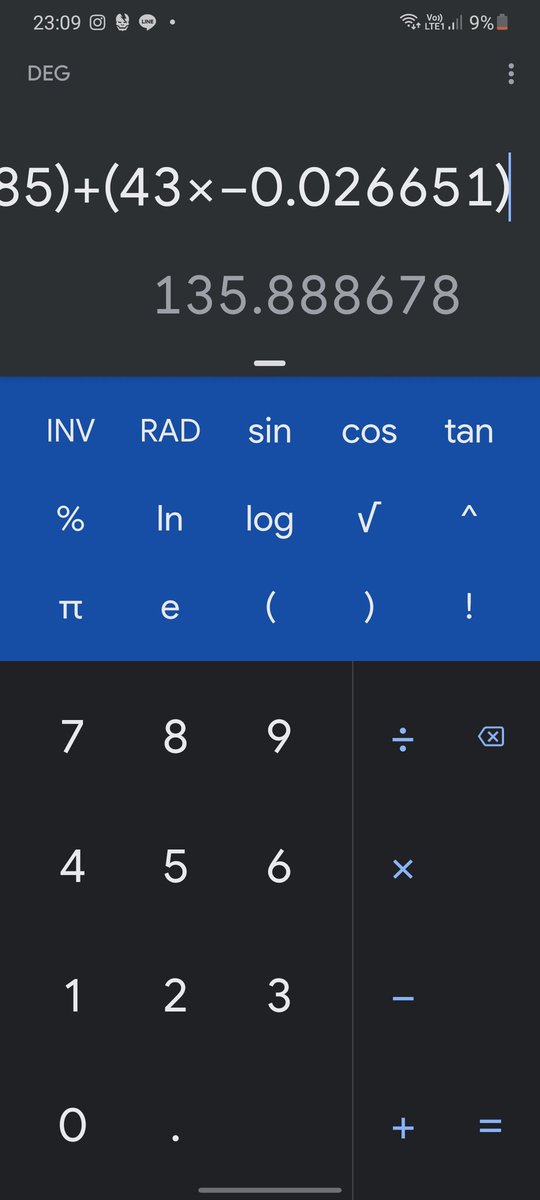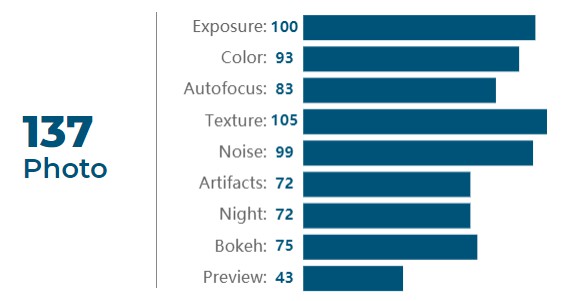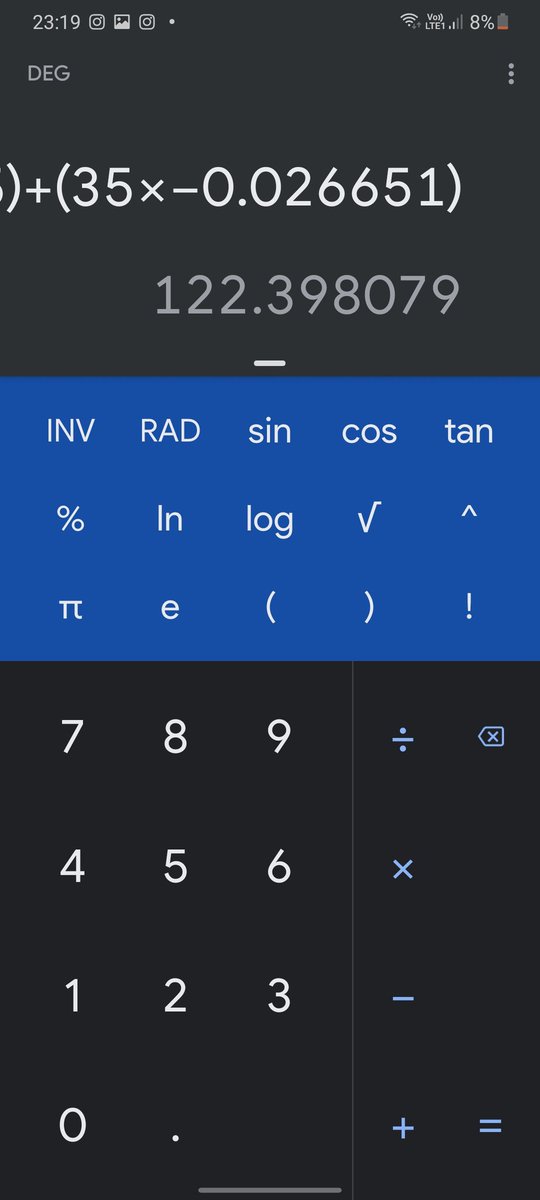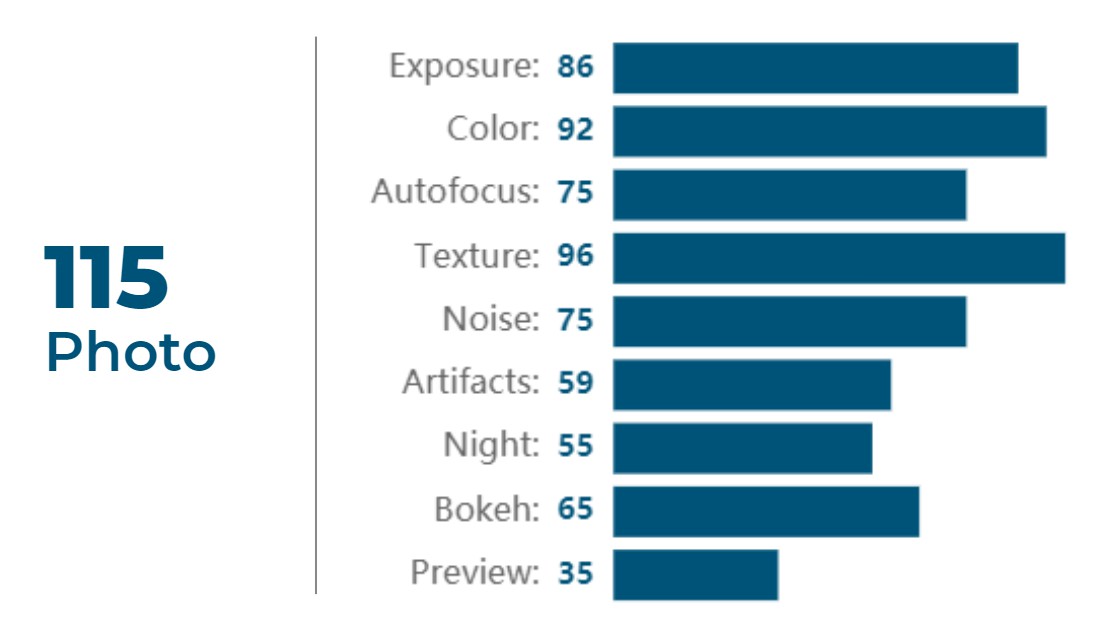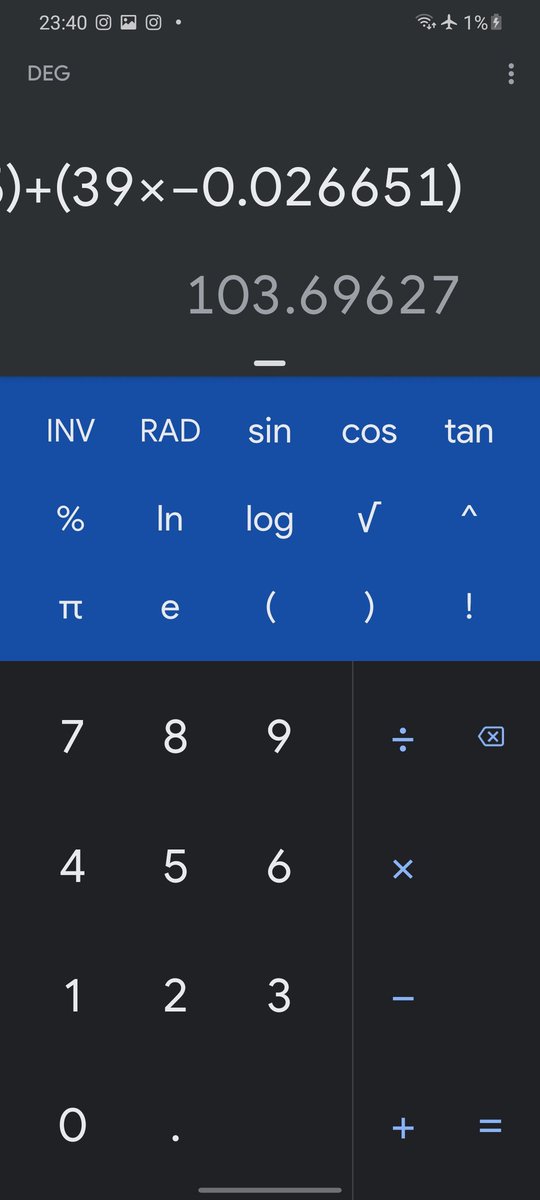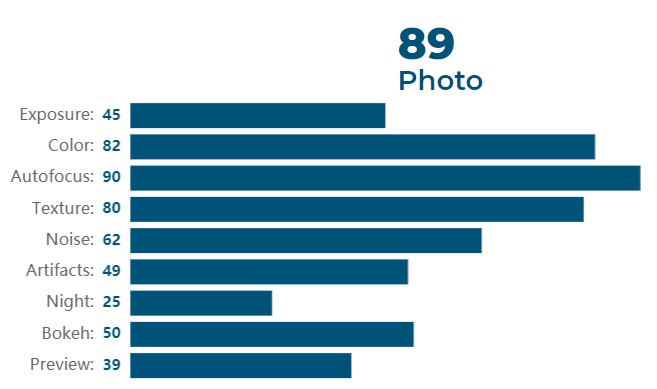So I& #39;ve spent about an hour and a half in finding the truth about DxOMark& #39;s scoring system.
Although I actually gave up in finding it, I found something interesting.
Although I actually gave up in finding it, I found something interesting.
I chose 9 phones in DxOMark& #39;s phone rankings that they have tested using their new testing protocols.
They& #39;re Mate 40 Pro, Mi 10 Ultra, Pixel 5, Pixel 4, Galaxy Note10+ 5G, iPhone 11 Pro Max, Galaxy S20 Ultra, Find X2 Pro, and Mi 10 Pro.
They& #39;re Mate 40 Pro, Mi 10 Ultra, Pixel 5, Pixel 4, Galaxy Note10+ 5G, iPhone 11 Pro Max, Galaxy S20 Ultra, Find X2 Pro, and Mi 10 Pro.
Current DxOMark camera testing method is to score in three different areas, they are photo, zoom, and video.
Firstly, I checked how they score the photos.
Firstly, I checked how they score the photos.
They tested 9 different areas to & #39;measure the picture quality& #39; of every camera. They are exposure (I& #39;ll name it as "E"), colour (C), autofocus (AF), texture (T), noise (N), artifacts (A), night (N), bokeh (B), and preview (P).
These indicators are called attributes.
These indicators are called attributes.
If we& #39;re seeing these scores, we want them to be fair for every kind of devices, even though the final score itself isn& #39;t calculated by the average of those attributes, right?
So, I wanted to check how they (DxOMark) weigh these attributes and I also wanted to prove how consistent they are when I& #39;m doing a cross-check for other phones that were tested using the same new protocol.
I was using a method many of us have learned in high school, which is "a system of equations," or in this case, "a system of equations with nine variables."
The nine variables are those attributes I said before.
The nine variables are those attributes I said before.
I was using a very basic C program to calculate the solution for these equations, because why would I waste my time by solving it by myself, right? Lol.
For example, a Mate 40 Pro has these scores for the photo category,
E: 109
C: 104
AF: 92
T: 101
N: 95
A: 69
N: 69
B: 75
P: 44
Final photo score: 140
So the first equation would be,
109a + 104b + 92c + 101d + 95e + 69f + 69g + 75h + 44i = 140
E: 109
C: 104
AF: 92
T: 101
N: 95
A: 69
N: 69
B: 75
P: 44
Final photo score: 140
So the first equation would be,
109a + 104b + 92c + 101d + 95e + 69f + 69g + 75h + 44i = 140
{a, b, c, ..., i} are the factors for each attribute in the photo category.
Then, I did the same thing for the other 8 phones. That resulted in 9 different equations, ready to be inputted into the program.
In the end, these are the factors that I get for each attribute.
Then, I did the same thing for the other 8 phones. That resulted in 9 different equations, ready to be inputted into the program.
In the end, these are the factors that I get for each attribute.
Bear in mind that x1 = a, x2 = b, and so on.
Yeah, there are some questionable things there. First of all, how does the some of the attribute& #39;s factors become a negative number? Then, how do they get this number?
Yeah, there are some questionable things there. First of all, how does the some of the attribute& #39;s factors become a negative number? Then, how do they get this number?
So, now I have these factors.
What are we doing next? Well that& #39;s to test these factors by calculating the photo score just like how DxOMark did it with those 9 other phones.
What are we doing next? Well that& #39;s to test these factors by calculating the photo score just like how DxOMark did it with those 9 other phones.
Firstly, I chose the P40 Pro.
These are the calculated number of a supposed photo score for the P40 Pro. Beside that, I also put the real score they put on their website.
136 and 137 is not too much of a difference, right?
These are the calculated number of a supposed photo score for the P40 Pro. Beside that, I also put the real score they put on their website.
136 and 137 is not too much of a difference, right?
So I moved on to test another phone, and that was the original P40.
What did I get? 122. And what& #39;s the real score on the website? It& #39;s 115.
The difference is getting bigger and big enough to make me rule out the reason "rounding errors" as to why the difference is that big.
What did I get? 122. And what& #39;s the real score on the website? It& #39;s 115.
The difference is getting bigger and big enough to make me rule out the reason "rounding errors" as to why the difference is that big.
But let& #39;s move on to another device. Let& #39;s try Xperia 1.
It gets 104, which is also much higher than 89.
It gets 104, which is also much higher than 89.
So I decided to change the system.
Instead of using most of the top 10 phones for the samples, I used some of the lowest-scored ones (again, those who used the new protocol).
And the factors suddenly changed, some of them even have huge differences compared to the first test.
Instead of using most of the top 10 phones for the samples, I used some of the lowest-scored ones (again, those who used the new protocol).
And the factors suddenly changed, some of them even have huge differences compared to the first test.
Here& #39;s the solution for the second set of equations.
Yeah, I knew there should be other factors to calculate these scores and process them. But it& #39;s just so random and unexplainable that I think the scoring system got revised several times was made to favour some brands.
Yeah, I knew there should be other factors to calculate these scores and process them. But it& #39;s just so random and unexplainable that I think the scoring system got revised several times was made to favour some brands.
And don’t get me started on how a phone like S20 Ultra could have a better autofocus score compared to other phones with omnidirectional autofocus system and even dual photo diode....
S20 Ultra got a 96 in that attribute and that’s a total bullshit even with the latest update.
And in the “artifacts” attribute, 11 Pro Max got a higher score than the S20 Ultra even with numerous occasions where my iPhone 11 and my sister’s 11 Pro Max struggled with handling things like light sources that are so bright, the sun, etc
Those are the same scenes where my s20 ultra and even oneplus 7T could handle it better (or even much better sometimes) in almost every situation.
This thread is too long that I felt so tired after tweeting all these lol.
I think I’m going to sleep rn
Gn
I think I’m going to sleep rn
Gn

 Read on Twitter
Read on Twitter